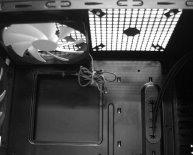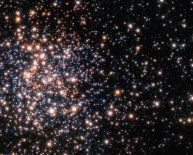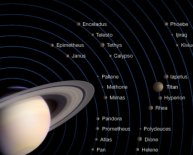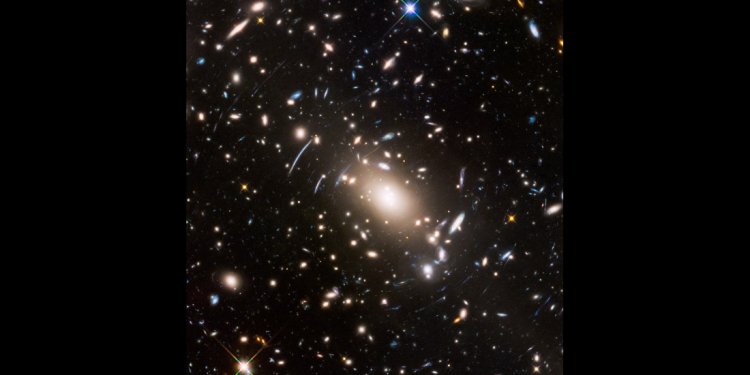
When was Saturn discovered and by whom
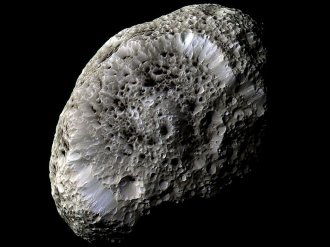 Saturn's porous moon, Hyperion, is the largest known nonspherical moon in the solar system. The potato-shaped satellite has a constantly changing chaotic rotation, with tugs from the nearby moon, Titan, keeping Hyperion from a circular orbit.
Saturn's porous moon, Hyperion, is the largest known nonspherical moon in the solar system. The potato-shaped satellite has a constantly changing chaotic rotation, with tugs from the nearby moon, Titan, keeping Hyperion from a circular orbit.
Hyperion blasted the Cassini spacecraft with static electricity during a close flyby in 2005, according to a study that reanalyzed the data in 2014. This was a surprise; because the moon is so small, it wasn't thought to have any appreciable interaction with Saturn's magnetosphere (magnetic environment). The results showed that the surface has a strongly negative surface potential. While Cassini emerged from the encounter with no detected effects, scientists noted this phenomenon should be studied closely to protect future spacecraft.
Discovery and naming
The odd moon was first discovered in 1848 by two independent groups. English astronomer William Lassell spotted the moon two days after fellow American father-and-son team William and George Bond. All three men are credited with the discovery.
The last of the eight major satellites to be discovered, Hyperion was found just after English astronomer John Herschel suggested the moons around the ringed planet be named for the Titans. These mythical beings, later overthrown by the Olympian gods, were the brothers and sisters of the Greek god Cronus, known to the Romans as Saturn. Hyperion, Saturn's elder brother, was the god of watchfulness and observation.
The path around the planet
Hyperion differs from most moons because it is not a spheroid. The potato-shaped satellite has three axes, which are 255 by 163 by 137 miles (410 by 260 by 220 kilometers), making it the largest known irregular-shaped moon in the solar system. Early in its history, Hyperion may have been a larger, more spherical satellite that suffered a major impact.
One of the few major moons that doesn't keep one face perpetually turned toward Saturn, Hyperion spins approximately once every 13 days on its 21-day trip around the planet. However, its odd shape keeps it from a predictable rotation. When NASA's Cassini mission visited the moon, its ever-changing rotation kept scientists from predicting what part of the moon it would see.
Traveling around Saturn in an eccentric (noncircular) orbit, Hyperion keeps an average distance of 932, 637 miles (1, 500, 934 km) from the planet. Its close orbit with Saturn's largest moon, Titan, allows gravity to cause the two to speed up and slow down as the distance between them shifts.
See also:
- Обмен валют в дубае - обмен валюты в дубае где выгоднее купить dubai.tropicano.io.

